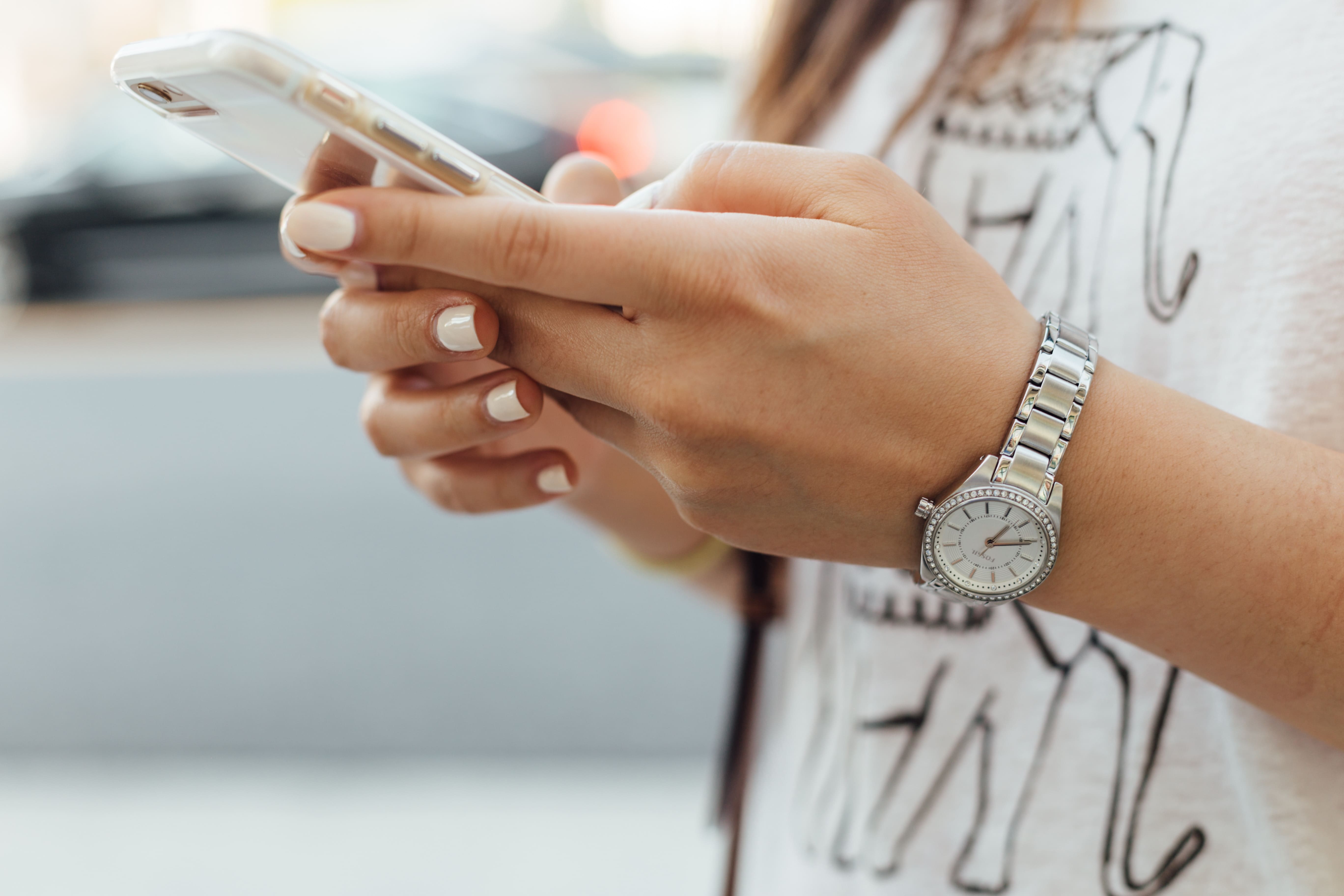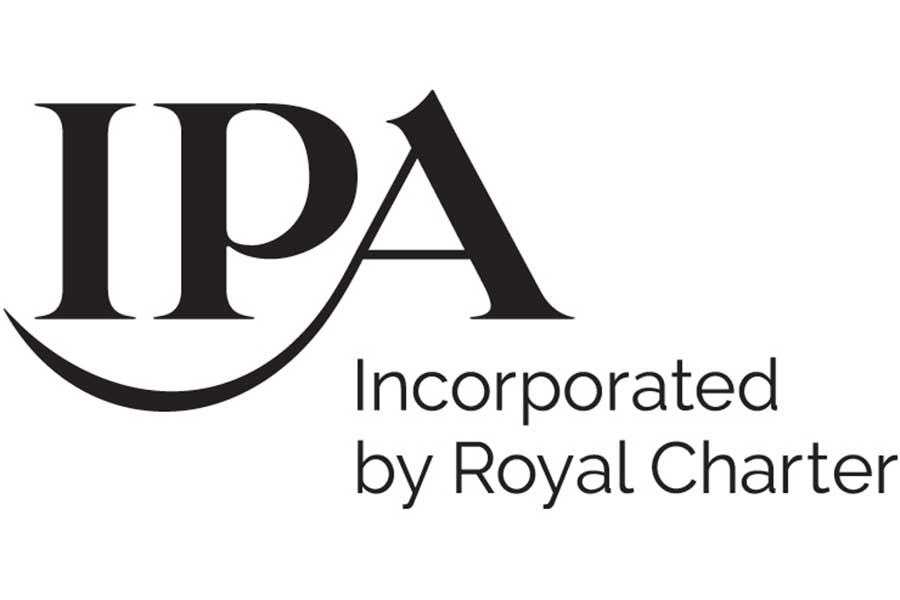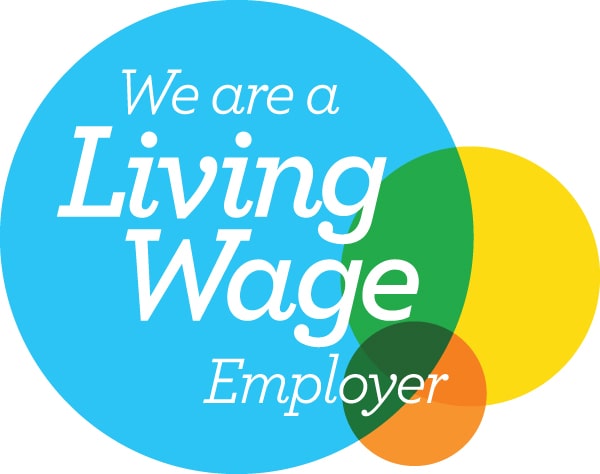Why mobile should be part of an integrated media strategy

By Nikita Shah, Senior Account Manager, The Grove Media
Mobile is a great advertising platform. It’s cost effective, it has good targeted reach, it boasts high solo attention, it’s a trusted and personal platform, it offers flexibility, it’s highly measurable – the list goes on.
At The Grove, we find that SME advertisers are usually aware of the more well publicised benefits of mobile, but are less familiar with how well mobile works with other media. And, arguably this is now one of the most important features of mobile – how well it works in combination with other media as part of a truly integrated campaign.
Yes, there are some levels of complexity involved in getting the most out of mobile, but by working with an expert partner, advertisers can really unlock the potential of the platform. So, here are some of the key ways in which mobile can really deliver, working in harmony with other platforms.
Firstly, you can use mobile’s geo targeting capabilities to enhance the effectiveness of out-of-home. One of the key challenges with OOH is measuring its performance when the KPI is based on driving people to a physical location. With the granular targeting capabilities of mobile, you can serve ads to devices that appear within an OOH site location and then track to see if the same devices have been detected in the desired physical location, eg a retail site. Through post-campaign analysis, you can then see which OOH sites drove the most visits. And when using OOH sites at rail or tube stations, you can identify which stations recorded the most visits.
In Summer 2022, we ran a mobile campaign for a London shopping destination using OOH and mobile in combination. The post campaign analysis revealed there was a 36% footfall uplift for users who were exposed to both OOH and mobile, whilst there was only a 20% uplift in footfall for users exposed just to the mobile campaign.
And this campaign demonstrates the second key way in which mobile drives the success of an integrated campaign – the platform can be used to amplify and enhance social media activity. Mobile can add incremental reach to social media campaigns using similar creative assets – both image and video. As mobile ads can target specific locations, they can be used to drive social media campaigns that have a local or regional focus. Mobile ads can also enable retargeting, so can reach users that have engaged with the social media campaign or visited your website.
Third, you can use mobile to measure footfall uplift when promoting a physical store or other area. By serving a mobile ad to a pre-determined audience – based on demographics, location or interest – you can then track to see if the device IDs appears within the promoted location. We have used this strategy with regional shopping destinations as it’s one of the only forms of media that can prove that the campaign drove footfall. And we were also able to target audiences that had recently visited competitor destinations.
For a client specialising in heating, ventilation and air conditioning, we used mobile as part of an integrated campaign. We combined it with Facebook, local radio and press – using it specifically to drive people both to the client’s website and to their sustainability centres located around the UK. Overall, mobile achieved a higher CTR than Facebook (1.25% vs 0.16%) and proved to be the most cost-efficient channel to drive leads for the client.
Finally, you can use mobile to test and learn with other media. As people carry their phones with them wherever they go, mobile data can be used for demographic profiling and to gather vital insights into consumer behaviour. With information such as home and work locations, method and frequency of commuting, gym location etc, you can test the effectiveness of media channels, such as OOH, TV and radio. For example, if you know that majority of your target audience drive to work, radio would be a good option. If they spend most evenings at home, then you can consider a TV strategy.
You can also test out different messaging on mobile, with the most successful creative then rolled out to other channels. And mobile can be used for sequential messaging, eg using mobile ads to generate awareness and interest, and then follow up with other media channels to reinforce the message or drive conversions and vice versa.The best way to get started with mobile is with a proof of concept. Start small with a very focused activity and then if the results are good, scale out more broadly within the campaign. And you don’t have to break the bank with mobile. Budget required will depend on campaign KPIs and duration, but you can start with a minimum of £5k for a 4-week campaign. If you’re using mobile to measure in-store footfall conversions, this spend would allow enough data to be gathered to identify footfall uplift. For a London-wide campaign, you would have to double this budget as your minimum spend.
By leveraging the location targeting opportunities presented by mobile, your campaign can effectively reach your target audience and drive measurable conversions, such as footfall. When using mobile alongside other media channels, we can gather valuable insights, refine media strategies, and optimise the overall media mix for better results.
Photo courtesy of Paul Hanaoka @ Unsplash







